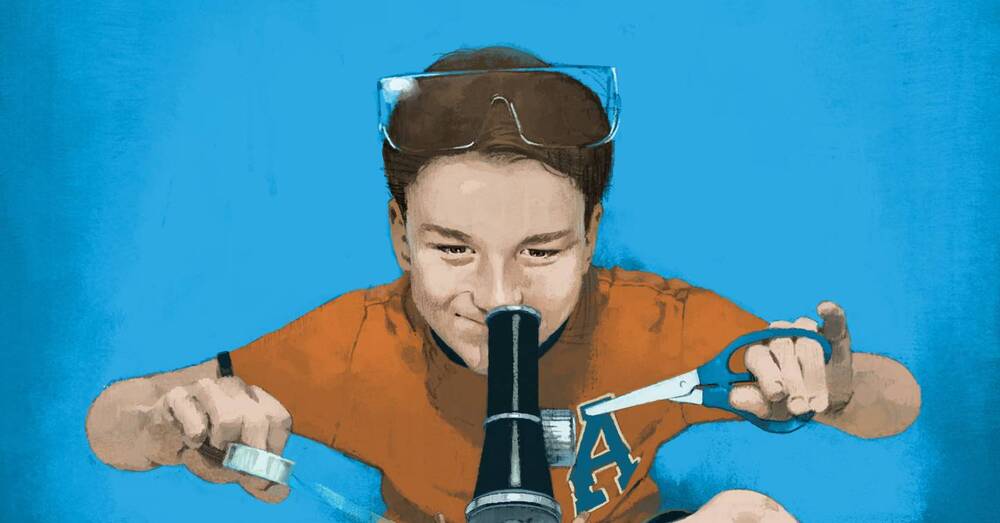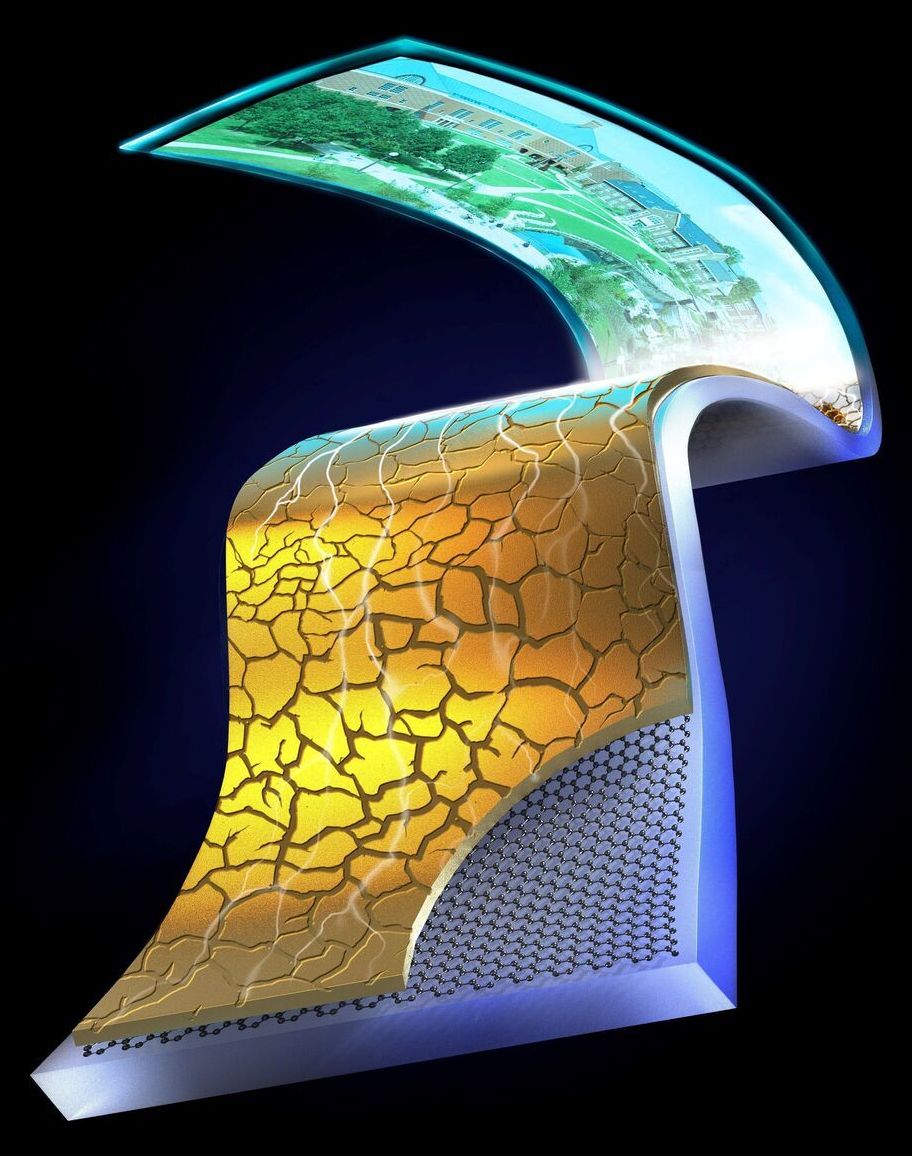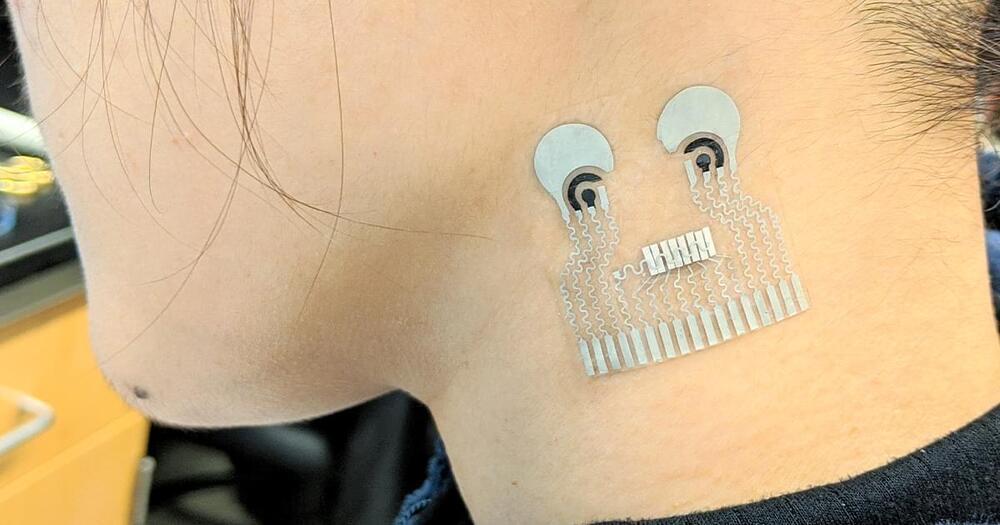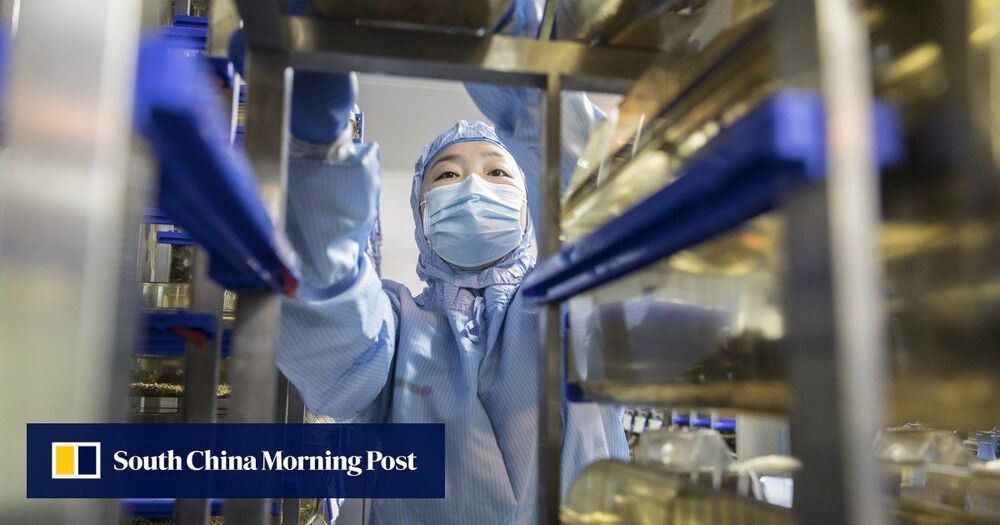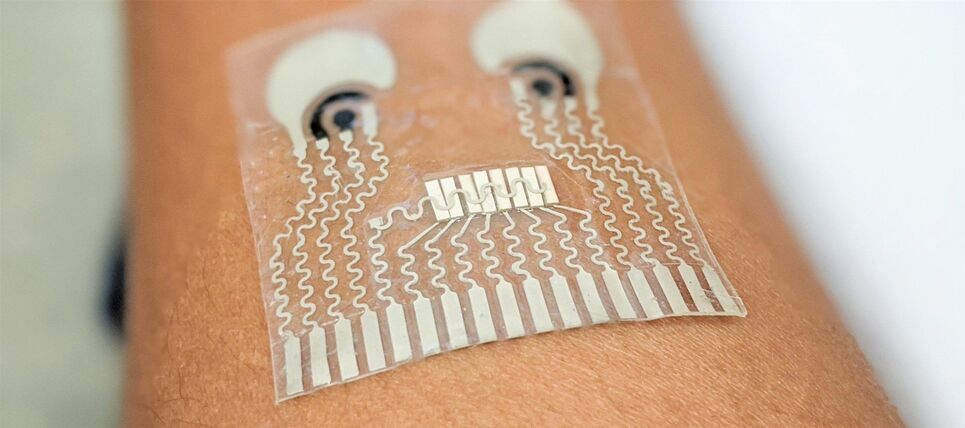While these tools will enable our society to reopen (and stay open) by improving detection of the virus, CRISPR will also have an important effect on the way we treat other diseases. In 2021, we will see increased use of CRISPR-Cas enzymes to underpin a new generation of cost-effective, individualised therapies. With CRISPR enzymes, we can cut DNA at precise locations, using specifically designed proteins, and insert or delete pieces of DNA to correct mutations.
As we deepen our understanding of the human genome and genetic disorders, patients with previously intractable diseases, such as sickle-cell disease and cancer, will benefit more widely from CRISPR-based therapies that are rapidly moving from the lab to the clinic. In 2019, sickle-cell patient Victoria Gray, for example, became one of the first patients in the world to receive CRISPR therapy for her genetic disease. She has already seen significant improvements to her health, including reduced pain and less frequent need for blood transfusions.
CRISPR will also allow us to act more boldly in the face of other important, interconnected issues such as food security, environmental sustainability and social inequality. The technology will help us grow more nutritious and robust crops, establish “gene drives” to control the spread of other infectious diseases such as Zika, and develop cleaner energy sources such as algae-based biofuels.
